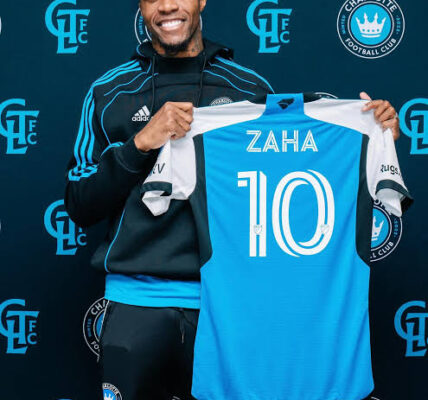Donald Trump’s decision to shelve a planned summit with Vladimir Putin and the broader implications for the war in Ukraine:
What’s happened
-
Trump announced that a proposed face‑to‑face meeting in Budapest with Putin is on hold. (euronews)
-
When asked why, Trump told reporters: “I don’t want to have a wasted meeting.
-
I don’t want to have a waste of time — so we’ll see what happens.” (Firstpost)
-
A White House official confirmed there are “no plans” for a meeting in the immediate future. (The Guardian)
-
This pause comes after a call between U.S. Secretary of State Marco Rubio and Russian Foreign Minister Sergei Lavrov where Moscow reiterated its longstanding peace‑terms for Ukraine. (Reuters)
Why the meeting was postponed
There are several interlocking reasons:
-
Lack of meaningful readiness
Russia’s stance remains unchanged — as Lavrov stated, Moscow “opposes an immediate ceasefire” and is sticking to the same positions laid out in the August Alaska meeting. (Encyclopedia Britannica) -
With such little shift from Russia, Trump apparently judged that a high‑profile summit would risk being merely symbolic rather than productive.
-
Trump’s aversion to symbolic meetings
His comment about not wanting a “wasted meeting” suggests he wants to assure that any summit yields concrete outcomes rather than a photo‑op. (Firstpost)
European and Ukrainian caution
European leaders have expressed concern that diplomacy might serve as a stalling tactic by Russia while battlefield operations continue.
One report notes the postponement may be a relief to them. (Encyclopedia Britannica)
The war front is still very active
Trump noted that “a lot of things are happening on the war front,” which implicitly suggests that conditions on the ground are still in flux and may not be ripe for a summit. (Firstpost)
What this means
-
Diplomatic process significantly delayed — The shelving of the meeting means that direct high‑level talks between the U.S. and Russia (with Ukraine in mind) are pushed back. Without a date or firm agenda, momentum stalls.
-
Russia holds firm on maximalist demands — The reiteration of Russia’s terms (control of Donbas region, demilitarisation of Ukraine etc) shows Moscow does not feel pressured to negotiate under current conditions. (Reuters)
-
Ukraine’s position remains fragile — While Trump has floated ideas like freezing the war along current lines, Ukrainian leadership has signalled resistance to ceding territory. (The Guardian)
-
Europe’s concerns are validated — The delay confirms European fears that Russia may use diplomacy as cover while continuing its campaign.
That complicates trans‑Atlantic coordination.
-
Trump’s diplomacy narrative shifts — Previously portraying himself as uniquely positioned to negotiate with Putin, Trump now frames the pause as protecting U.S. credibility (“I don’t want to have a wasted meeting”). That signals a more cautious posture.
Key quote
“I don’t want to have a wasted meeting. I don’t want to have a waste of time — so we’ll see what happens.” — Donald Trump (Firstpost)
Looking ahead: what to watch
-
What agenda and prerequisites will be laid out for any future summit — both sides will likely insist on clearer conditions (e.g., cease‑fire mechanics, territorial questions, third‑party involvement).
Whether Russia signals flexibility. If Moscow holds to its maximalist demands, the summit remains unlikely. (Reuters)
-
Ukraine’s involvement. Kyiv has emphasised it will not accept a peace deal that gives up its territory; how that aligns or clashes with U.S./Russian discussions will be crucial.
-
European & NATO dynamics. If the U.S. moves ahead without strong coordination with its European allies, tensions in the alliance could grow.


